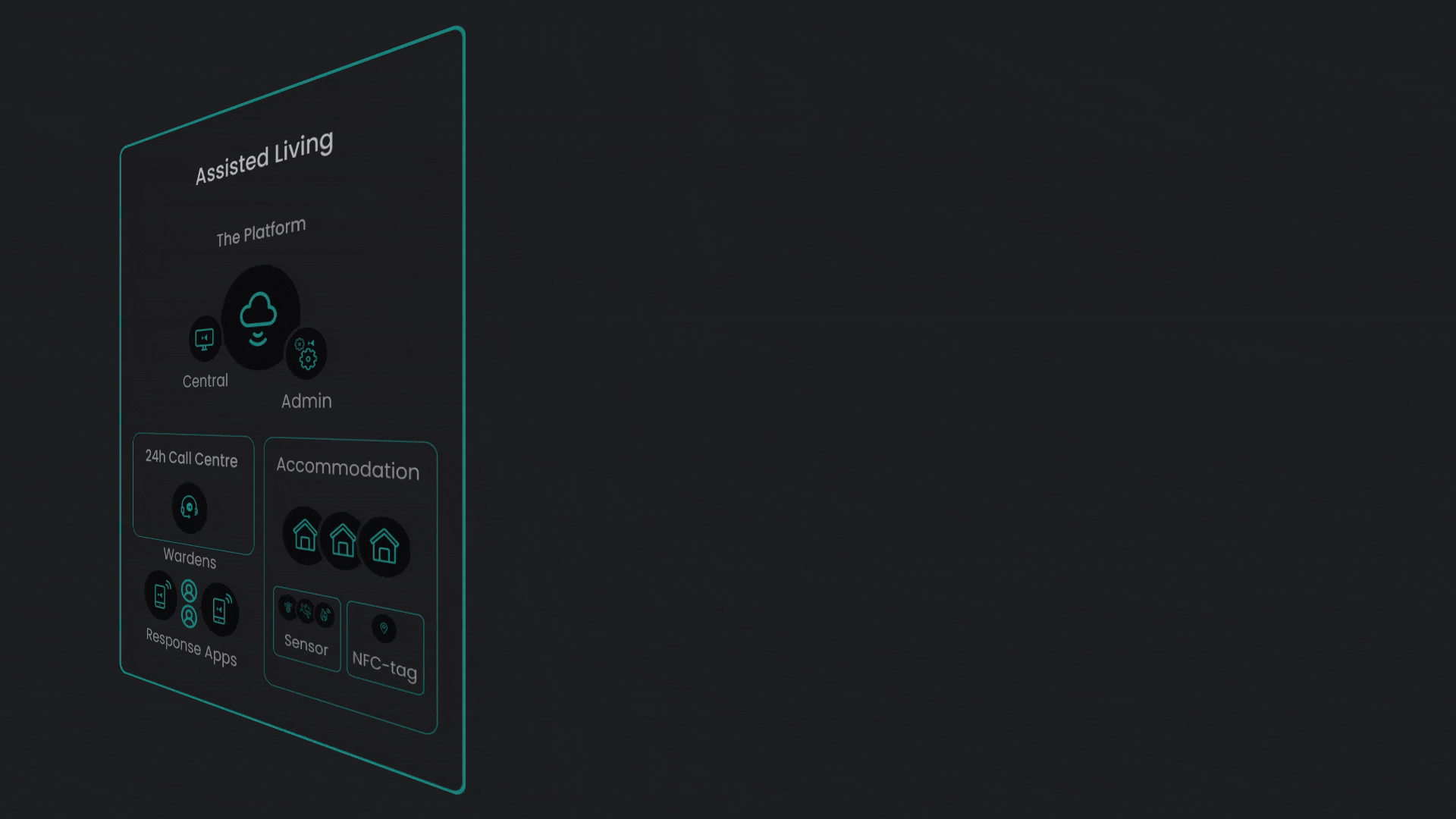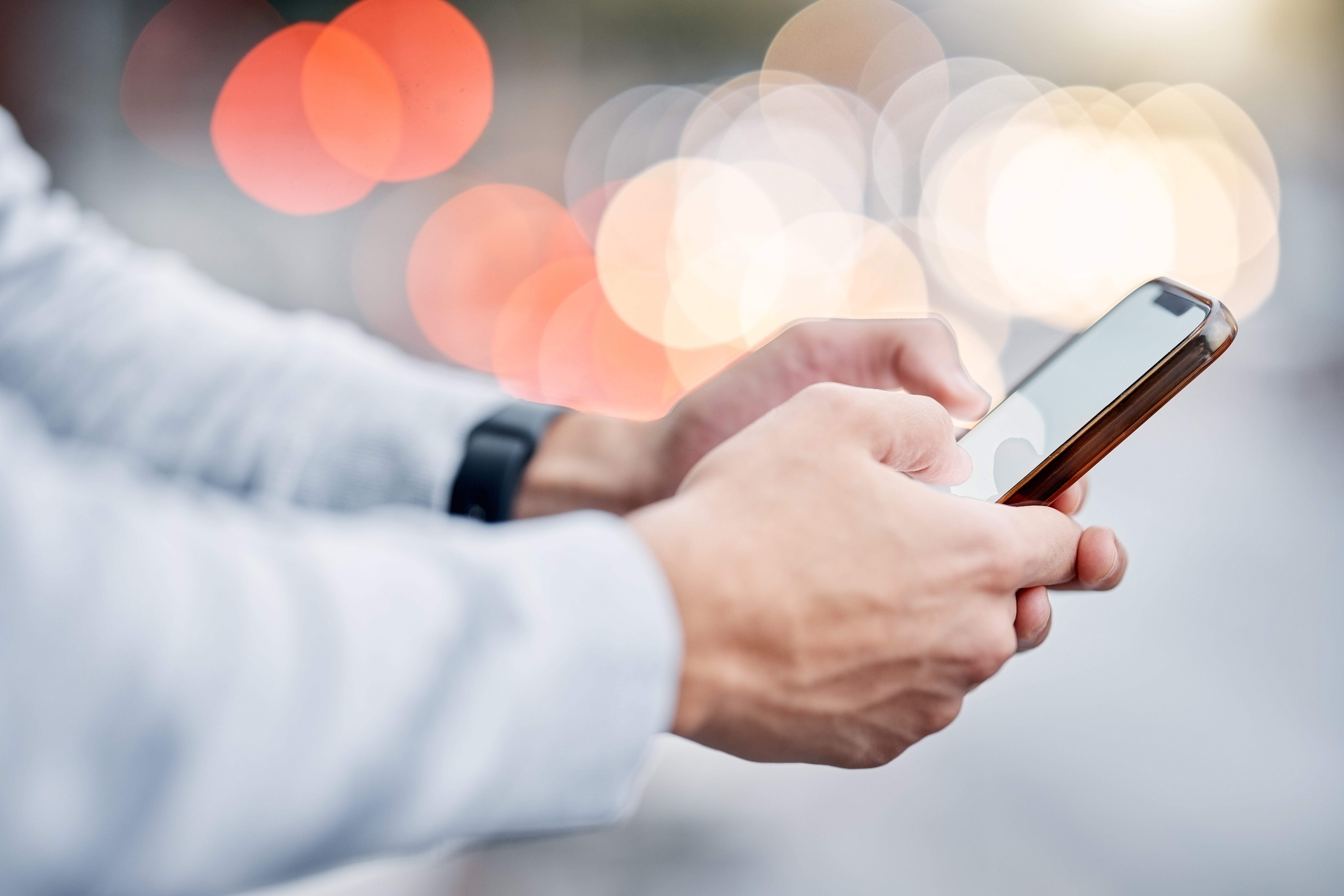The use of technology in elderly care has significantly grown in the past decade. With the advent of technology enabled care, both care providers and care receivers now have access to more options and solutions when it comes to elderly care. Thanks to innovations in home care technology, care receivers now have better care accessibility and enhanced quality of care in addition to reduced – unwanted – potential medical errors. Constant monitoring of patients can also be done more efficiently thanks to a seamless interconnectivity of multiple platforms.
With that being said, these innovations and advancements have also been met with reluctance, and understandably so, due to the generational digital divide, as well as growing concerns regarding the privacy of the care receivers.
Understanding, acknowledging and addressing the growing concerns in elderly care
While it makes perfect sense to use the more efficient and effective solutions available today – especially for care providers – understanding and empathising with the elderly population is just as important as properly addressing their growing concerns. The reluctance in the adoption of such technologies can be linked to privacy concerns, cost and the complexity of the devices and systems. To consider is also the generational digital divide – which is the gap between the younger generation who are digitally literate and the elderly generation who are not yet comfortable in using modern devices.
The privacy concerns are mostly rooted on the use of cameras to monitor the care receivers, especially in the private areas of the house, such as bedrooms and bathrooms. In these cases a practical compromise to concern could be the use of image blurring to provide the user with additional privacy.
The use of radar sensors as a welcome solution in addressing concerns in elderly care
Another solution would be the use of radar sensors that make use of smart home technology.
These solutions are fully private, serve multiple functions and can easily be integrated to care homes that are using a platform that allows the implementation of smart devices.
According to the NHS, around 1 in 3 adults over the age of 65 and at least half of the population over the age of 80 will experience at least one fall a year. With smart technology being available today in elderly care it makes sense to use and implement radar sensors to detect and prevent falls. While wearable sensors in the form of shoes, pendants or bracelets can be utilised to constantly transmit the status of the care receiver, alert home care staff or response centres in case of an emergency. These devices and solutions do not take into account the factor that people now prefer passive, non-intrusive and non-obtrusive systems. As mentioned earlier, the use of surveillance is also quite unwelcome, as it poses concerns regarding privacy.
Radar sensors, on the other hand, can be utilised to address these concerns. Due to their non-intrusive nature, radars can be placed anywhere, from room corners, doors, to even lamps or ceiling fans. Through the use of innovative technology, these radars can also be partnered with other devices in a smart platform to monitor the health status of the elderly and other acre receivers.
When coupled with multi-functional voice assistants, users now have even more control over their devices, as access to additional functions such as controlling the lights or even the temperature of the room – provided that these devices also have been integrated into the smart platform.
Simply put, when utilised properly these radar sensors can replace wearable devices while still serving the same function, effectively providing both care providers and care receivers with an option that meets their needs and at the same time acknowledges and addresses possible concerns.
Read more: Fall Detection and Prevention Systems in Elderly Care
Make full use of technological advancements in elderly care today with Skyresponse
With the technological advancements available today, more options and solutions are made accessible in elderly care. The reluctance in the adoption of such devices and systems can be addressed with smart solutions that take into account the growing concerns of the users. As these solutions become available on the market, having an equally capable and reliable platform provider such as Skyresponse is crucial in implementing such advanced solutions. Skyresponse offers a futureproof, cloud-based platform that is able to accommodate smart technology devices, such as radar sensors and voice activated assistants.




